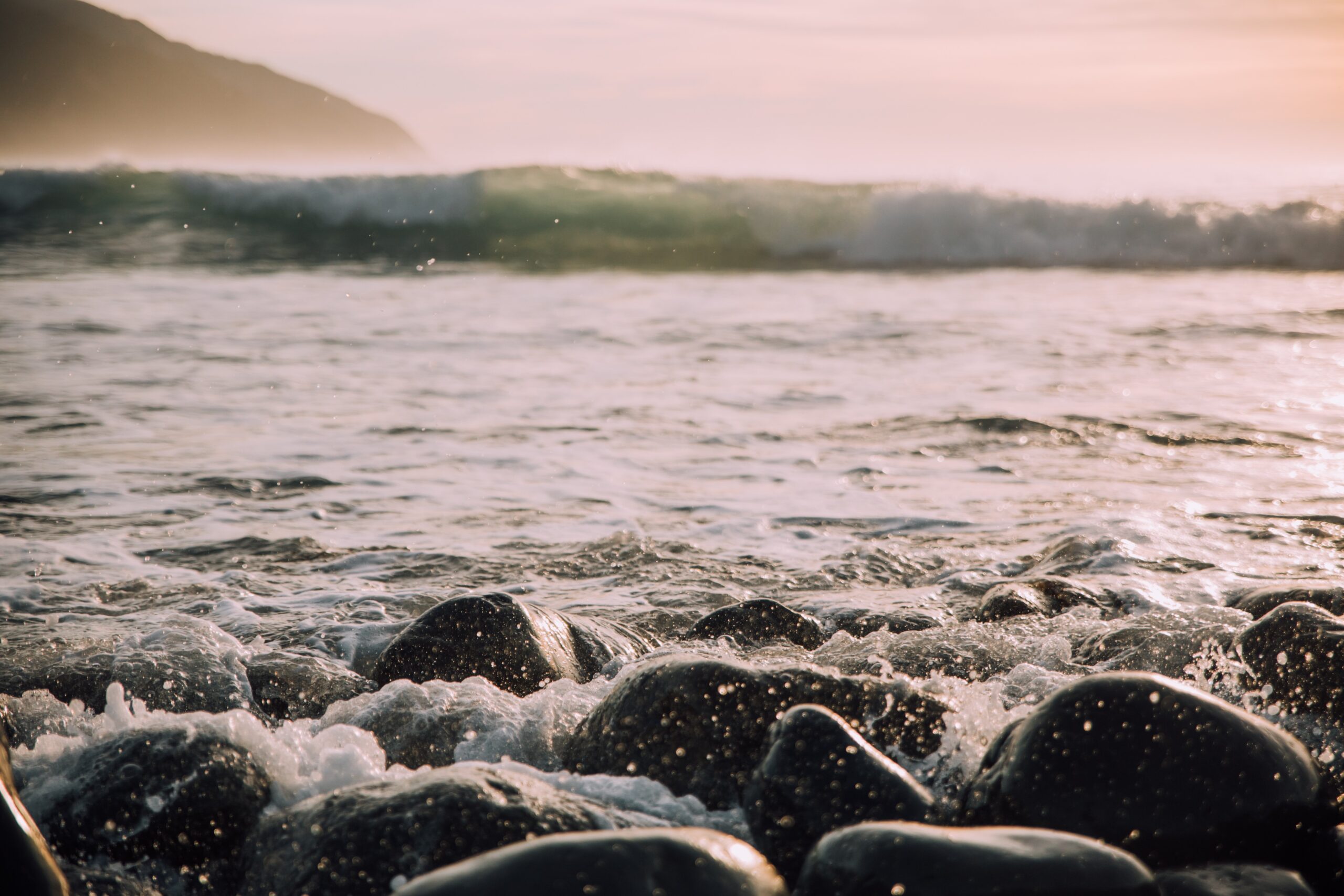When looking at the increasing scarcity of usable water, rising populations, and today’s volatile political climate, many experts have come to the conclusion that we are on the verge of widespread conflict and many are saying that the next major war will be fought over water.
The preliminary effects of the coming crisis are already being felt all over the world. Economic powerhouses like China are suffering from pollution in their rivers and as evidenced by the Flint water crisis, even the US isn’t completely immune to clean water shortages. In the US, most of our problems are due to outdated and slowly crumbling infrastructure and while this is nothing to sneeze at, access to water in the US can be fixed by replacing old pipes for the time being. Whether this is done through public works or private investment is political semantics. Right now, Third World countries are the ones who truly suffer. About 2,300 people die per day from diseases contracted through unclean water and with very little support, these countries don’t have the tools necessary to mitigate the effects of prolonged drought. Desertification and global warming are also contributing to water scarcity in a big way, the latter causing about 20% of our water scarcity issues today.
While the situation is dire, we aren’t doomed yet and there are several conservation measures being kicked around by the world’s top environmental scientists. One solution that has been gaining popularity in recent years is desalination. Israel has successfully used desalination to supply its population with fresh water with 55% of its water coming from the ocean. In the US and many countries in Europe, largescale desalination projects are being funded for a vast array of what-if scenarios.
The problem is, desalination isn’t very energy efficient. Desalination requires an enormous amount of energy and although the technology is improving, desalination plants have the potential to become major contributors to global warming in the coming years. On top of this, there are unforeseeable effects on sea life and desalination has the potential to disrupt the fragile balance of the ocean’s ecosystem. Significant changes in the ocean’s ecosystem means significant changes to the way we fish and subsequently, the way we eat. Since there haven’t been many studies on the long-term effects of desalination, it’s difficult to say how damaging it is but there does seem to be some cause for alarm with regard to its immediate effect on sea life. Fish, plankton and other organisms are often killed during water intake and processing and at the moment, it’s probably safer to look for other methods to fix the world’s water issues.
When the well is running dry, it’s sometimes better to examine its structural integrity before digging a brand new one. Agriculture accounts for 80% of America’s water use. Rather than focusing on desalination, many water activists are looking to fix inefficiencies in the way we farm food. Leaking irrigation systems and the cultivation of non-local crops are wasteful practices that are squandering huge amounts of water. How much? Up to 60% of water used in farming is wasted because of irrigation issues alone.
Rather than rushing to invest all of our time and resources into desalination, it might be time that we reexamine the way in which we grow food. In Volgograd, farmers have been using experimental drip irrigation with extremely effective results both in regard to maintaining healthy soil and proper water utilization. The water scarcity issue may have to get a whole lot worse before people start paying attention to it but it’s important to recognize the farmers and scientists who are currently making a contribution. The Water Project and other charitable organizations are also doing their part for water conservation.
If the future looks tumultuous, it’s because it is, but with the implementation of more eco-friendly farming methods and the use of desalination as a last resort, there is less of a reason to panic than one might think.
- BBC – Future – Is the world running out of fresh water? ›
- New NASA data show how the world is running out of water – The … ›
- Do you think Earth will ever run out of water? ›
- Exactly what happens if we run out of water? | HowStuffWorks ›
- The World Is Running Out of Fresh Water. Here’s What You Can Do to ›





